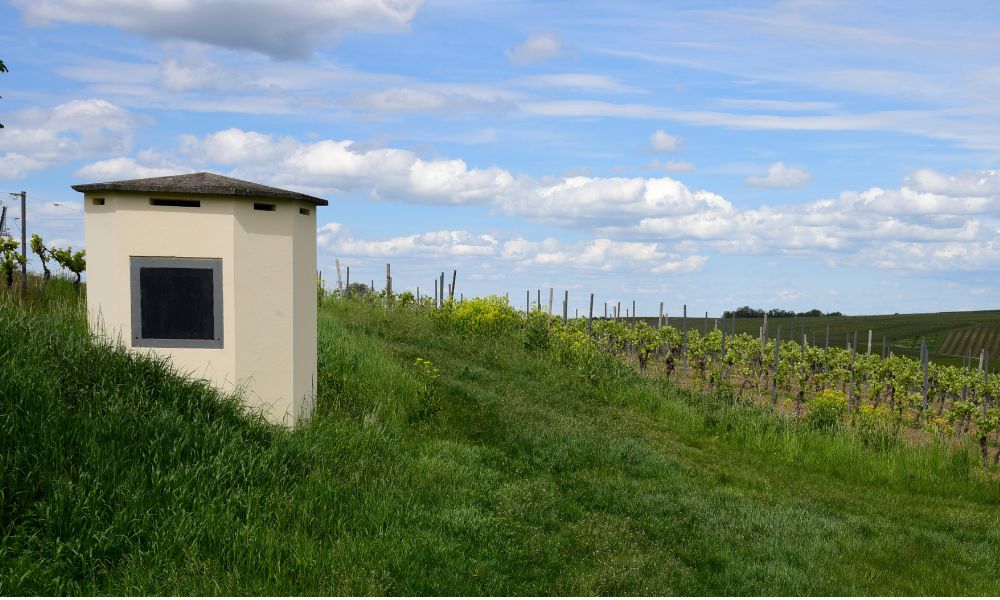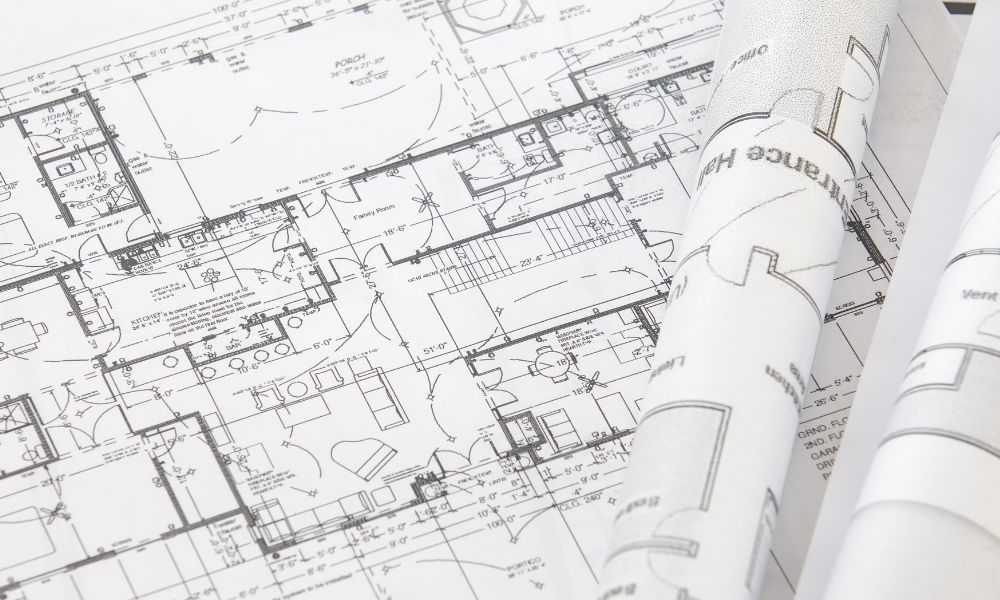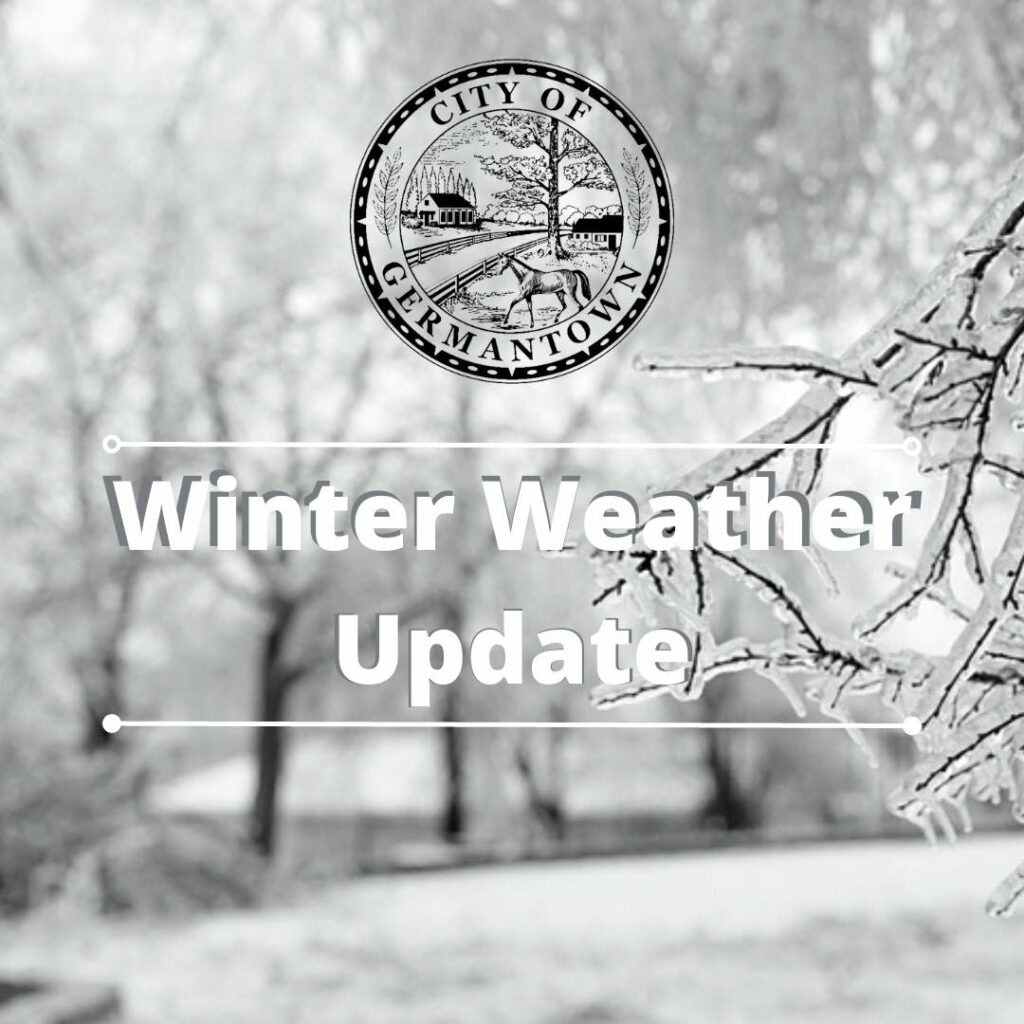
Aboveground storm shelters can effectively protect you and your family from an EF5 tornado. However, no piece of safety equipment is completely flawless. There are still several risks to using an aboveground shelter that you need to know. We’ll discuss some disadvantages of aboveground storm shelters and how to mitigate these concerns.
Unsightly Appearance
An aboveground storm shelter can be an eyesore in the home, but there are plenty of ways to limit its effect on your property’s overall aesthetic. One option is to place it in a less trafficked area of the home, such as the back room of your main floor. This can help keep the storm shelter out of sight and out of mind, yet within reach when you need it most. You can also consider investing in a shelter that features a more visually appealing design or an unobtrusive look that blends in with the background.
Spatial Requirements
Aboveground storm shelters can be very large, making it difficult to fit them comfortably on smaller properties. If you live in a smaller home or have limited space, the installation of a storm shelter may require some creative problem-solving. You can either downsize the storm shelter size or consider trading some of your interior space for the security that comes with a storm shelter. Alternatively, look into collapsible or temporary shelters that you can set up and take down as necessary. However, these won’t be as secure as permanent fixtures.
Entrapment Risk
Another noteworthy disadvantage of aboveground storm shelters is that they have a certain level of entrapment risk. Some aboveground storm shelter doors can jam from damage or storm debris. Fortunately, there are several ways to make your storm shelter entrapment-proof. By ensuring the shelter has an adequate ventilation system, proper door locks, and multiple exits, you can minimize the risk of entrapment during an emergency.
Noise Level
Because debris hits the sides of a storm shelter during a storm, the shelter can be very loud for the people inside. Installing some insulation or packing soft materials like pillows and blankets can help cut back on excessive noise. Some storm shelter manufacturers also offer soundproofing options or additional layers of protection that can reduce the impact of noise during a storm.
While aboveground storm shelters do have their drawbacks, they still offer some of the best protection in an emergency. By considering these disadvantages and taking the necessary precautions, you can ensure your storm shelter provides the protection you need while minimizing inconvenience or safety concerns. Don’t wait until it’s too late; protect your family and your investment by obtaining a storm shelter today!






